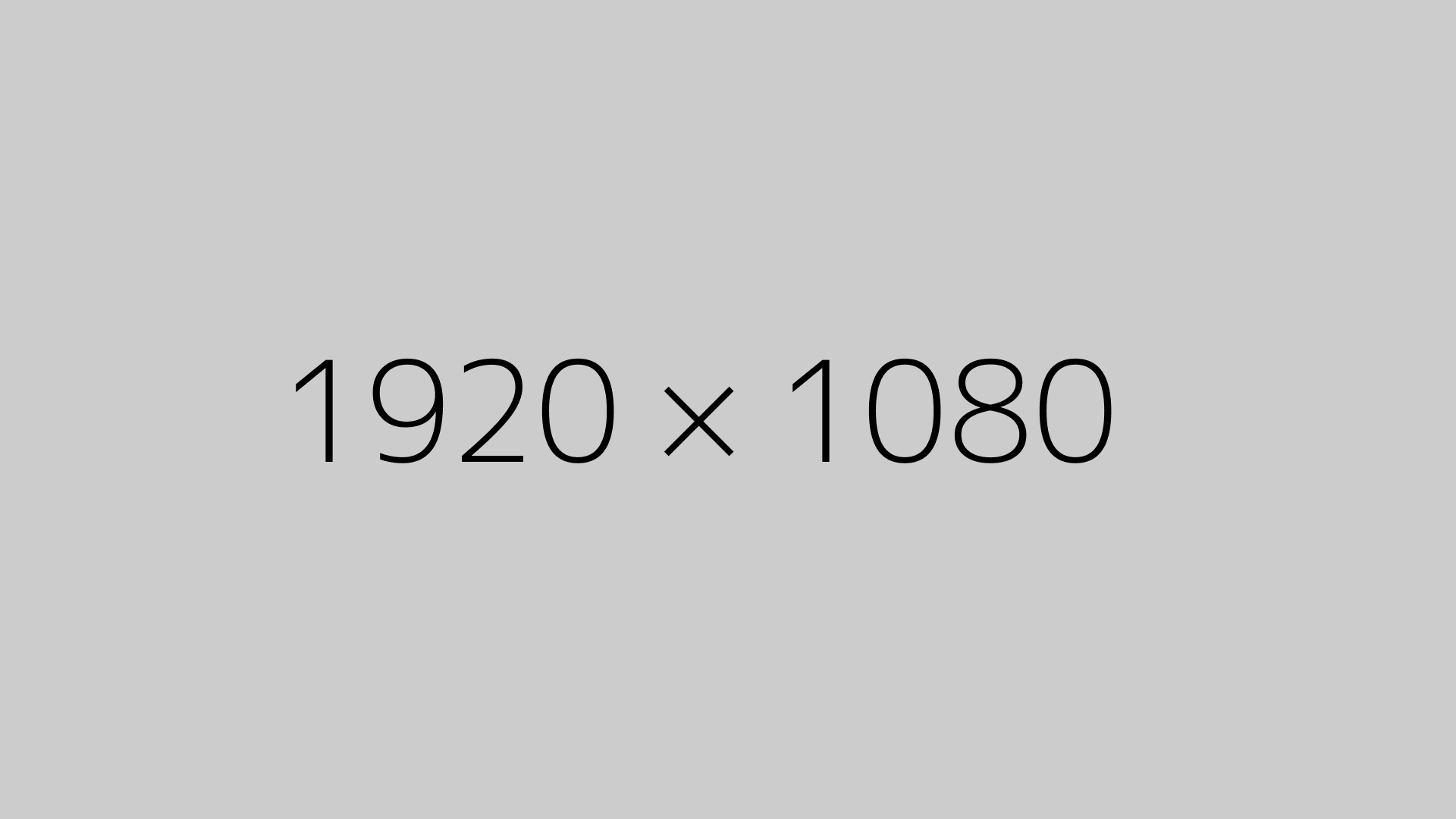If you’ve been checking out welding machines, you’ve probably seen the term FCAW. It’s actually a type of MIG welding, but you don’t need a gas tank. Instead, it uses a special wire with flux inside.
So what exactly is it, and is it good for furniture projects? Let’s break it down.
How FCAW (Flux-Cored Arc Welding) Works
- Instead of solid wire, it uses a flux-cored wire spool.
- The flux burns during welding and creates its own gas shield around the weld.
- That means no need for a separate gas tank.
- It works great outdoors, since wind won’t blow the shielding away (unlike normal MIG).
FCAW vs. MIG Welding (Gas Type)
| Feature | FCAW (Flux-Cored) | MIG (Gas Shielded) |
|---|---|---|
| Gas Tank Needed? | ❌ No | ✅ Yes (CO₂ or Argon) |
| Ease of Use | ✅ Easier than Stick | ✅ Easier than Stick |
| Best for? | Outdoor, thick steel | Indoor, clean steel |
| Weld Quality | Moderate, some spatter | Cleaner, smoother |
| Metal Thickness | 3mm to 10mm | 1mm to 6mm |
| Cost | Cheaper (no gas) | More expensive (needs gas) |
Should You Use FCAW for DIY Furniture?
✅ Yes, if:
- You want cleaner welds than Stick (MMA) welding.
- You want automatic wire feed like a MIG but don’t want the hassle or cost of gas tanks.
- You’ll be welding steel frames, angle bars, or doing projects outdoors.
❌ Maybe not, if:
- You want super clean welds with very little cleanup → go for MIG with gas.
- You’re on a tight budget and don’t mind a learning curve → MMA is cheaper.
Final Tip
Look for machines that say “MIG/Flux-Core” or “Gasless MIG” — these support FCAW. They’re great middle-ground machines between Stick and full MIG.


